The term "native advertising" has been thrown around a lot lately, but many people are still unclear on what it is. The lack of understanding can lead to confusion and missed opportunities among advertisers.
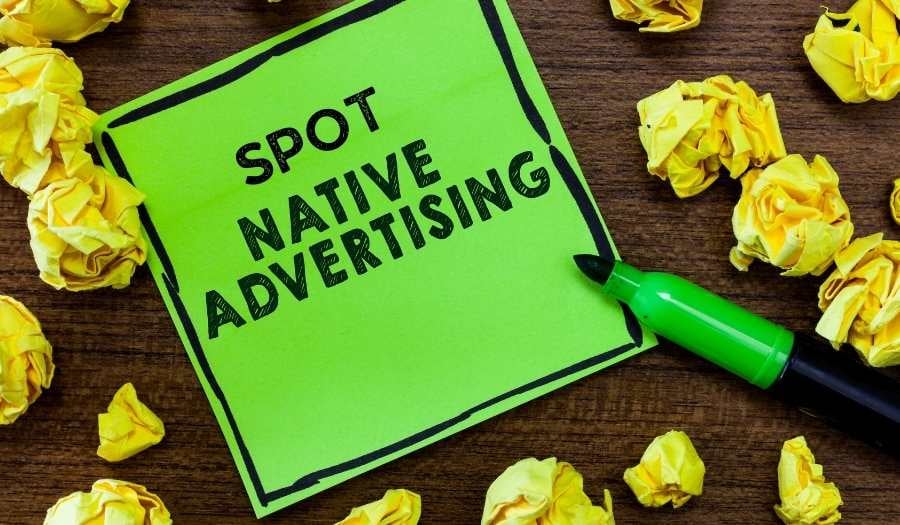
Native advertising is an interesting phenomenon that will likely continue to grow in the coming years. For this reason, it's vital for advertisers to understand what native advertising looks and entails so they can plan their ads better.
As such, this article will discuss five identifiers that help you spot native advertisements in publishing websites.
5 Identifiers to Help You Spot Native Advertising
1. Required Ads or Sponsored Labels
The first identifier to help you spot native advertising is that it will likely have the words "Sponsored," "Presented by," or "Ads" near it. This is required by the FTC for the purpose of transparency.
When you see the label "Sponsored" or another similar word on an article, it means that an advertiser paid for their product to be featured in that way, and the publishing website earns from these promotions (either based on the number of clicks or ad views).
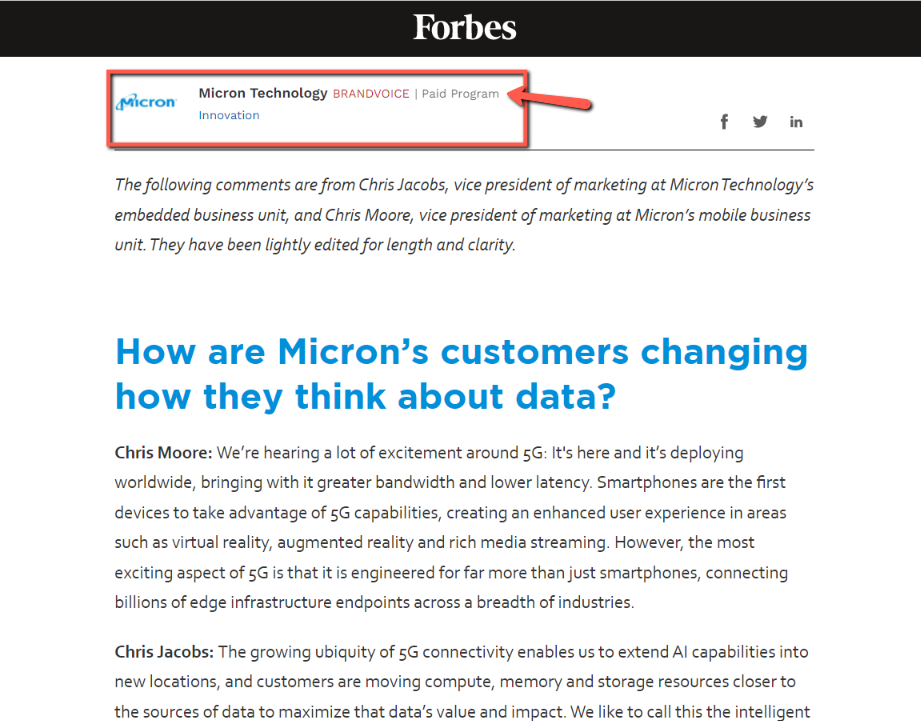
When an advertiser is not transparent about who they are or why they're publishing certain content, readers can feel deceived and may miss out on important information.
In the case of native advertisements, this is to let readers know that they are reading an advertisement masquerading as a news article or blog post rather than actual news or other content.
2. Uniform Formatting
The second identifier to help you spot native advertising is that it will likely have the same formatting across other publisher websites. If you see a news article that looks the same as every other news article on the web, it may be native advertising.
If you get the inkling that you've seen it elsewhere before, then you probably have, and the advertising is promoting the ad on multiple websites.
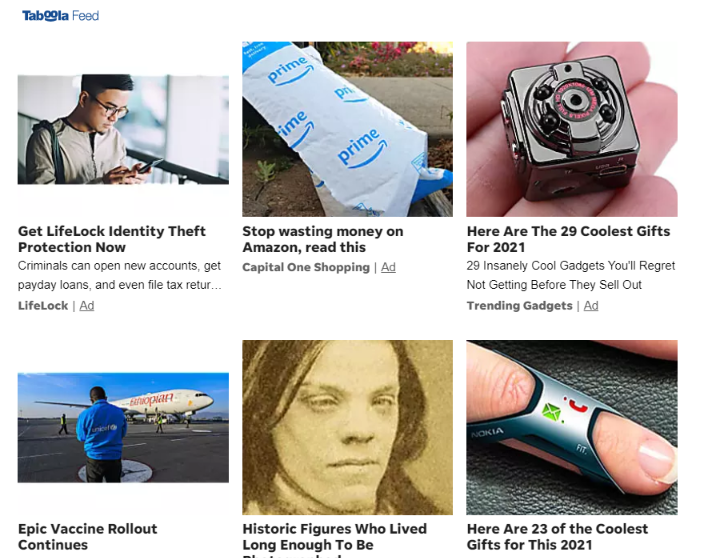
These recommended content ads are actually shown on several different websites. However, the style is consistent even when different websites show them.
3. Native Ad Placements
Placements are the spaces or positions that ads occupy on a page. Native advertisements will often be placed in the same location across multiple different publisher websites. For instance, they may always appear at the bottom of an article, in a sidebar, blended within featured articles on the homepage, and more.
One of the most common native ad placements is "Recommended Articles" shown after content. If you know the placement, you can just visit a page and scroll to where you believe native ads will show up, in this case, at the bottom of the content. Combined with the very telling "Sponsored" or "Ads" labels, you will spot the native ads on the page.
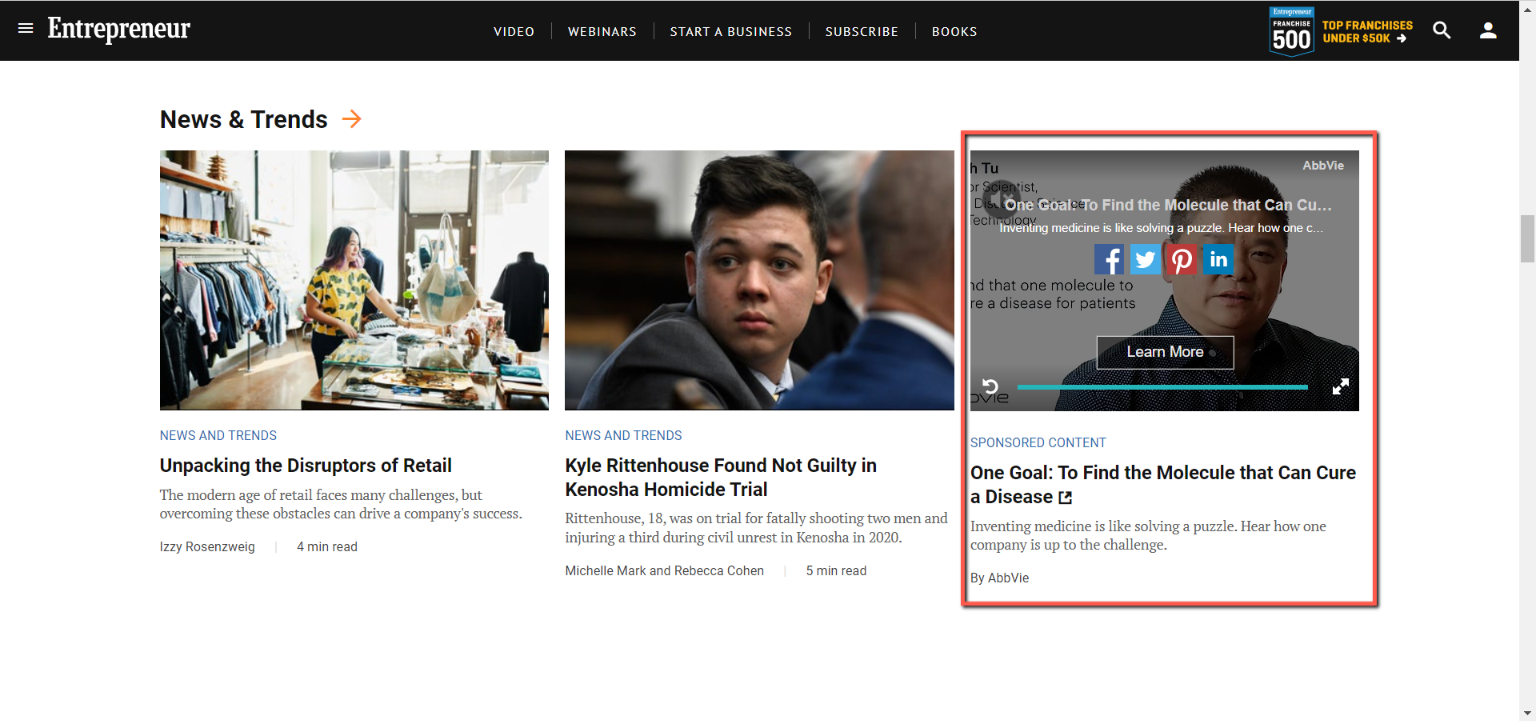
4. The Ad Network's Name
It's possible that you have seen the words "powered by" followed by the name of a popular native ad network, such as Outbrain or Taboola.
Similar to what we mentioned in the first point, disclosure is of utmost importance in advertising. The label will often link to a disclaimer about who created the ad and why it was featured as content.
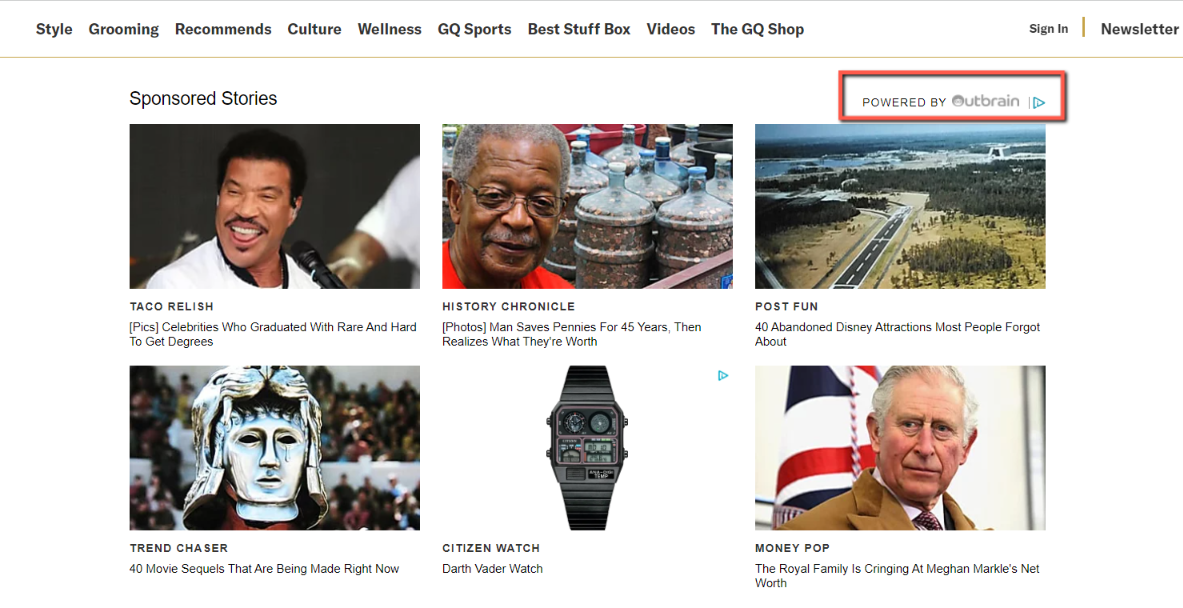
The FTC requires that all ads clearly disclose who created them and why they were shared. This is to allow the reader to decide if the ad aligns with their needs and beliefs, as well as allow advertisers to build trust among their target audience.
It is part of what is called "ethical advertising." Advertisers are expected to follow the rules set by governing bodies, or they will be underserving their customers. One of the most important things for advertisers to do is disclose who they are and what they're offering.
These "powered by" labels are a way for native ad networks to let readers know which companies have created this advertising content. However, readers should be aware that the websites that they see the ads in are making money from the native ads, which is why they're required to disclose their business relationship with advertisers.
5. The URL of the Page
Sometimes, the native ad looks convincingly part of the page that you don't realize you've been sent to a different page unless you examine it thoroughly.
Let's say you clicked on a recommended article or a display ad on the website you're viewing. After clicking, you land on a page that is slightly different than where you came from. But the only way to know for sure is to check the URL of the page you landed on.
If a minute ago, you were on Forbes.com, after clicking, you land on LoseWeight.com, then you most likely clicked on a native ad.
However, very few people actually examine the URL. If the website they are taken to looks professional and is interesting for them, they will likely not care to look. Let's admit it; we only check the URL closely when we land on a page that looks dubious.
Why is it important to identify native ads as an advertiser?
If you're just starting out with native advertising, it's important to see how your competitors are doing it. In short, it will help you spy on your competitors. What caught your attention to the ad? Was it the image, the title, the description?
Furthermore, knowing where native ads typically appear can also give you an idea of how your ad will look when you start running your marketing campaigns.
You will also learn the techniques that help your competitors succeed in advertising while also seeing the mistakes that you should avoid. What made you realize immediately that what you're seeing is an ad? How do you convince your audience to still click on the link, image, or article even when they realize they are looking at an ad?
For example, we said the 5th identifier of a Native Ad is a different URL. We mentioned that only people who doubted the page they landed on would take the time to check the URL. As such, you should improve your landing page so that your audience doesn't become suspicious of you.
This is not to say you should imitate the look of publishing websites down to their logos; this is to say your landing page should look professional enough to warrant the trust of your audience.
Conclusion
There are so many misconceptions about what "native advertising" is. And for complete newbies, it's hard to identify them. Native advertising is almost everywhere—from paid posts on social media sites to branded content-based articles in news publications.
The beauty of native advertising is that it blends well with its environment, which is why users don't realize that they're clicking on a native ad! But as an advertiser, you should learn how to spot native advertising so you'll know how to emulate the best ones.
Ready to take your native advertising campaigns to the next level? Sign up for a demo of Brax today.

